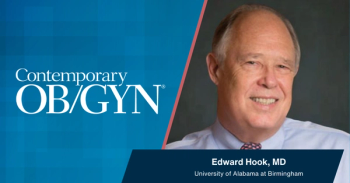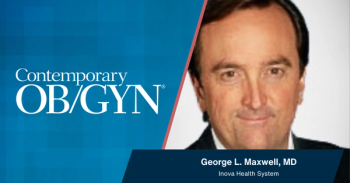
Campaign launched to reduce resident fatigue
A coalition of public interest and patient safety groups has begun a campaign to increase public awareness of the need to increase patient safety through shorter shifts and more supervision of resident physicians.
A coalition of public interest and patient safety groups, among them Public Citizen and Mothers Against Medical Error, has begun a campaign to increase public awareness of the need to increase patient safety through shorter shifts and more supervision of resident physicians.1
The group's Web site asks patients to join more than 40 organizations in signing a petition calling for reform of residency training programs in preparation for new guidelines to be released on July 1, 2011, by the Accreditation Council for Graduate Medical Education. The site also provides background information about evidence linking physician sleep deprivation and patient safety and asks the public to share personal stories about receiving inferior medical care from fatigued physicians.2
At the same time, a new study by economists at Dartmouth College reported a decrease in the number of hours physicians, especially resident physicians, worked during the last decade: a 9.8% decrease for resident physicians (95% confidence interval [CI], 5.8%-13.7%; P<.001) and a 5.7% decrease for nonresident physicians (95% CI, 3.8%-7.7%; P<.001).3 The decrease in hours worked per week was greatest for nonresident physicians younger than 45 years (7.4%; 95% CI, 4.7%-10.2%; P<.001) and working outside of the hospital (6.4%; 95% CI, 4.1%-8.7%; P<.001) and smallest for those 45 years old and older (3.7%; 95% CI, 1.0%-6.5%; P=.008) and working within a hospital (4.0%; 95% CI, 0.4%-7.6%; P=.03).
Hours of all other physicians decreased more steadily. Between 1977 and 1997, physicians overall worked an average of 55 hours a week, and between 1997 and 2007 an average of 51 hours per week. The findings were based on monthly surveys of more than 116,700 physicians.
1. Patient safety advocates launch campaign to reduce resident physician fatigue, boost patient safety [press release]. February 4, 2010.
2. Accreditation Council for Graduate Medical Education Duty Hours Task Force.
3. Staiger DO, Auerbach DI, Buerhaus PI. Trends in the work hours of physicians in the United States. JAMA. 2010;303(8):747-753.
Newsletter
Get the latest clinical updates, case studies, and expert commentary in obstetric and gynecologic care. Sign up now to stay informed.










